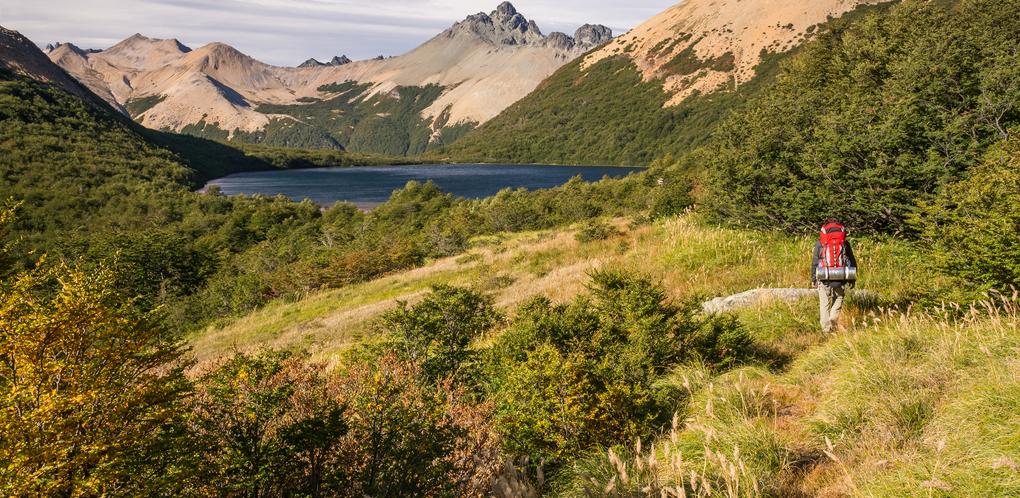1. Mountaintop Views Of Nahuel Huapi
Accessed by ski lift, the Cerro Campanario, or Bell Tower Hill, features breathtaking views of the Parque Nacional Nahuel Huapi. In spring and summer, visitors can delight in seeing the great variety of indigenous plants and flowers. At the peak, hikers can enjoy lunch at La Confitería with views of the Nahuel Huapi and Perito Moreno lakes, Victoria Island, El Trébol lagoon, the San Pedro and Liao Llao peninsula, and the Otto, López, Goye, Catedral, and Capilla mountains, as well as the city of San Carlos de Bariloche.
2. Natural Animal Reserve
Established in 1971, Los Arrayanes National Park is a spectacular nearly seven square mile reserve within the Quetrihué Peninsula on the shores of the Nahuel Huapi Lake. The remarkable 300 to 600-year-old arrayán trees house condors, eagles, hawks and woodpeckers. The wooded area can be accessed by boat from several points of the Nahuel Huapi lake, or on a five-mile hiking or mountain biking trail, which begins at the port of Villa La Angostura. This path, full of ups and downs, showcases pudú and huemul deer, guanacos, mountain monkeys and foxes.
3. Wondrous Water Resorts
A series of seven picturesque lakes, Camino de los Siete Lagos can be viewed on a bus tour from Bariloche to San Martín de Los Andes. The return through the Pampas gives guests a chance to see much of the local fauna. Travelers will also have the chance to stop in Villa Quila Quina, a summer town, which offers one of the best natural water resorts in the heart of Mapuche Curruhinca. At Villa La Angostura, guests can practice sailing, hiking, horseback riding, mountain biking or fishing from November to April.
4. Endless Ski Slopes
The largest ski resort in South America, Cerro Catedral features over 62 miles of ski runs, and lifts with a capacity to bring 22,200 skiers up the mountain per hour. The area also has a popular trail, which takes hikers to the Frey Refugio, a picturesque lodge on the shores of Toncek Lagoon. Built in granite, the interior of the inn is wood-paneled and features a kitchen and a large dining room with a cozy wood chimney. Dorms on the first floor offer mattresses, blankets and pillows and can comfortably accommodate up to 40 people.
5. Explore Patagonian History
The Francisco P. Moreno Museo de la Patagonia, a natural history and anthropology museum founded in 1940, was designed by architect Ernesto de Estrada. The building was constructed in polished green tuff, cypress and fitzroya and features a slate roof. The museum showcases different exhibits including a collection of fossils and geological treasures, artifacts from the Stone Age, displays of the Mapuche, Yámana, Selknam and Tehuelche cultures, as well as Patagonia history exhibits, which cover the early years of Spanish colonization to the Argentine War of Independence.


